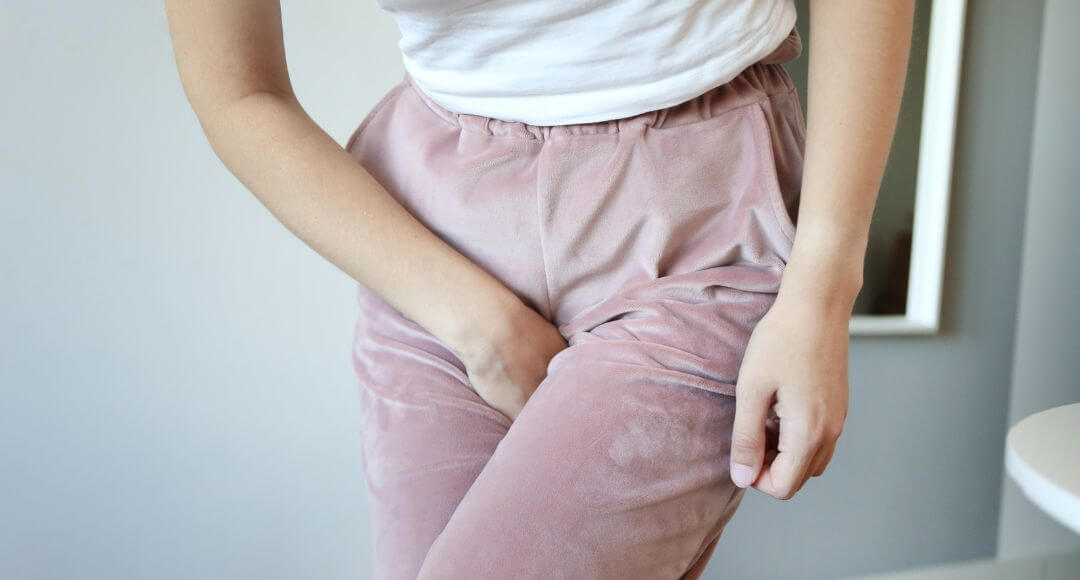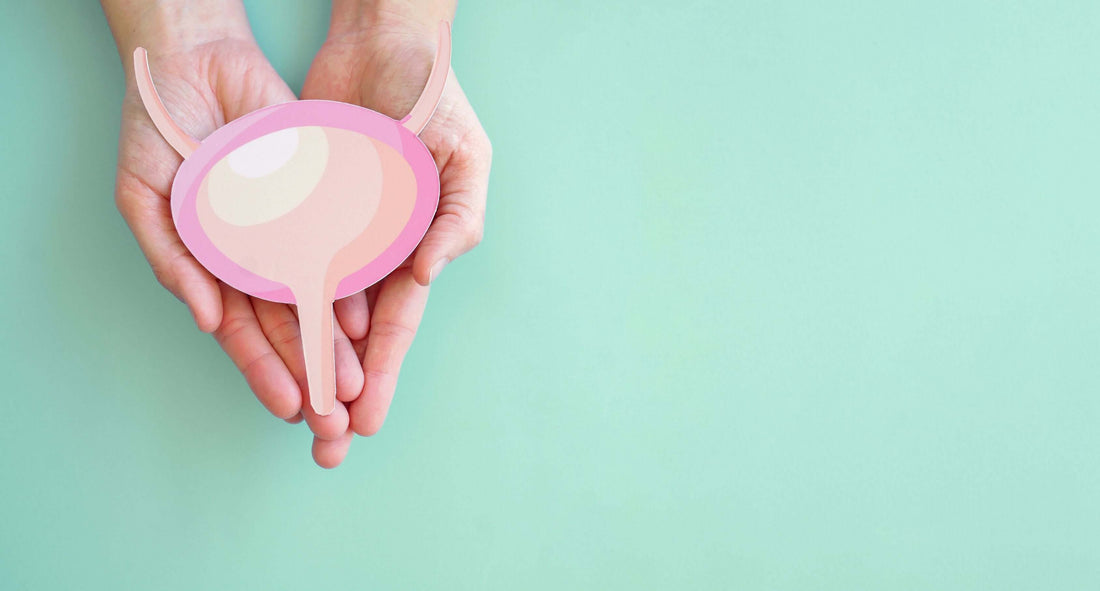Pregnancy is a special and exciting time, but it can also be a period filled with unexpected challenges. One such challenge many expectant mothers face is urinary incontinence. Six out of ten women experience incontinence towards the end of their pregnancy or after they've given birth. This often goes away, but two out of ten women continue to experience it long-term. Although it's a common problem, it's often taboo.
What is incontinence during pregnancy?
Incontinence during pregnancy refers to the involuntary loss of urine. This can range from a few drops when sneezing or laughing to a sudden, strong urge to urinate. Both forms are often temporary and caused by the physical changes that occur during pregnancy.

Causes of incontinence in pregnant women
The main cause of incontinence during pregnancy is the growing uterus putting pressure on the bladder. For example, you often hear women say, "Oh, the baby is really pressing on my bladder now, I'll be right back!" or that the baby thinks their bladder is like a football. All of these can lead to urine leakage during pregnancy. Hormonal changes also play a role, causing the pelvic floor muscles to relax. Other factors, such as previous pregnancies, childbirth, and genetic predisposition, can also contribute to the risk of incontinence.
Prevention and treatment
Fortunately, there are several ways to prevent and treat incontinence during pregnancy:
- Pelvic floor exercises: Regularly exercising your pelvic floor muscles (Kegels) can help strengthen them and improve bladder control. Kegel exercises were originally intended to help women with incontinence, but they are now used for much more. They are especially recommended after childbirth, as the muscles are put to the test. For more information on performing Kegel exercises and which muscle is the right one, see this article on Kegel exercises .
- Hydration and diet: Drinking enough water and avoiding caffeine and spicy foods can help reduce symptoms.
- Safe treatments: In some cases, physical therapy and, if necessary, medication prescribed by a doctor can help control symptoms.
- Aids: Using Moodies menstrual and incontinence underwear can help manage leaks and maintain confidence. The briefs look like regular underwear, but the gusset has an absorbent layer that keeps you feeling dry and comfortable throughout the day.
Emotional and psychological impact
The emotional and psychological impact of incontinence during pregnancy shouldn't be underestimated. Many women feel embarrassed or anxious, which can lead to stress and even depression. It's important to know you're not alone and that help is available. Talk to your partner, friends, or a professional about your feelings and experiences. It can also help to freshen up and dress up a bit. A little sprucing up will instantly boost your mental well-being! The hipster lace from Moodies Undies is a great pair of underwear for this. Because it's made entirely of lace, it gives you a slightly sexy feeling.
Postpartum incontinence

After giving birth, incontinence symptoms may persist or even worsen. This is normal and usually temporary. It's important to continue with pelvic floor exercises and, if necessary, consider further treatment. Recovery can take several months, but with proper care and attention, most women can regain full bladder control.
But if you continue to experience urinary or fecal incontinence for more than six weeks after giving birth, there's a good chance it won't heal on its own. This is often because your pelvic floor has less resilience due to childbirth. Normally, this will strengthen again, but it's possible that it will persist and you'll continue to experience urinary incontinence.
In that case, it's important to seek help. A pelvic floor physiotherapist is specially trained to help women regain control of their pelvic floor muscles.
Incontinence during pregnancy is a common and treatable problem. By understanding the causes and available treatments, expectant mothers can take steps to manage their symptoms and improve the quality of their life and pregnancy.
The image about postpartum incontinence is in collaboration with Merlin (@huisjemerlin) and Lizette Tork (photographer).





